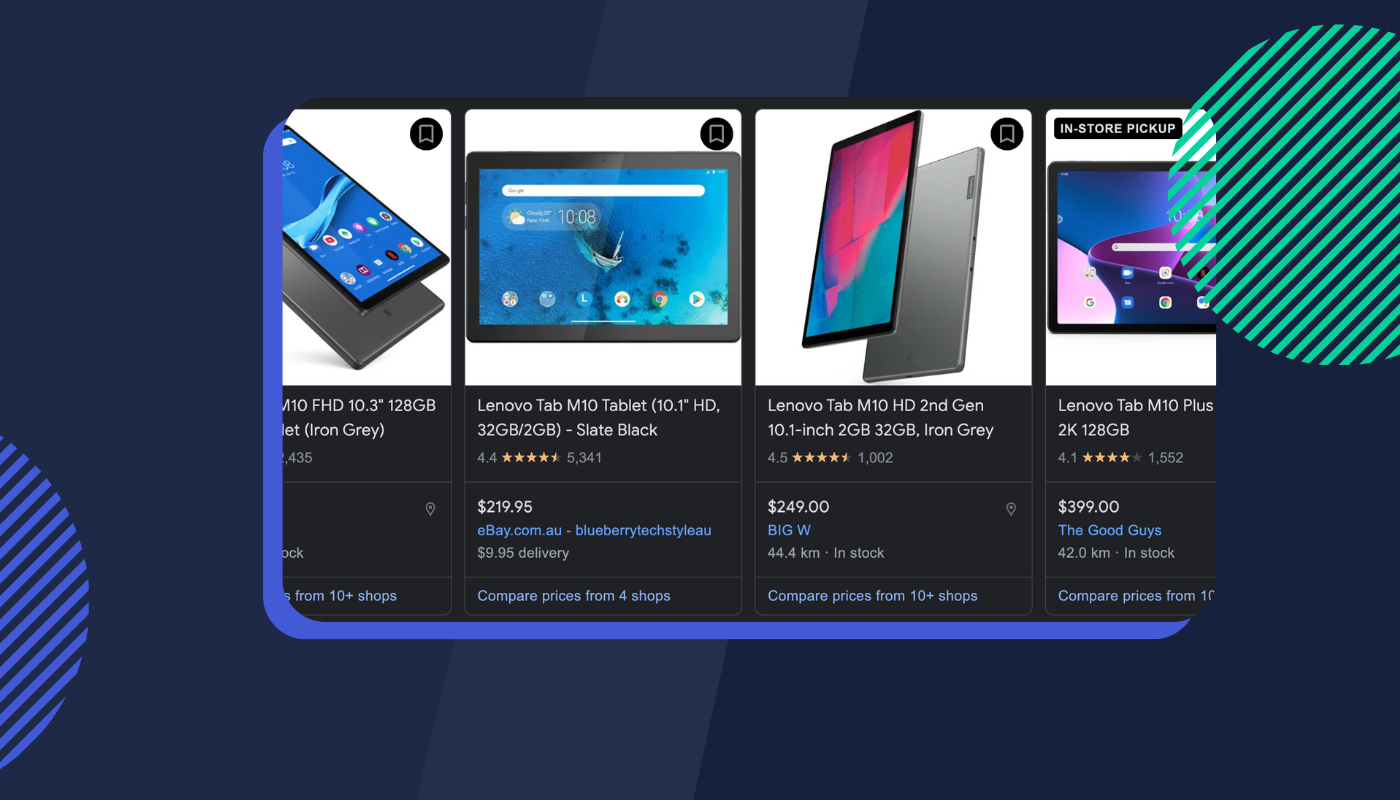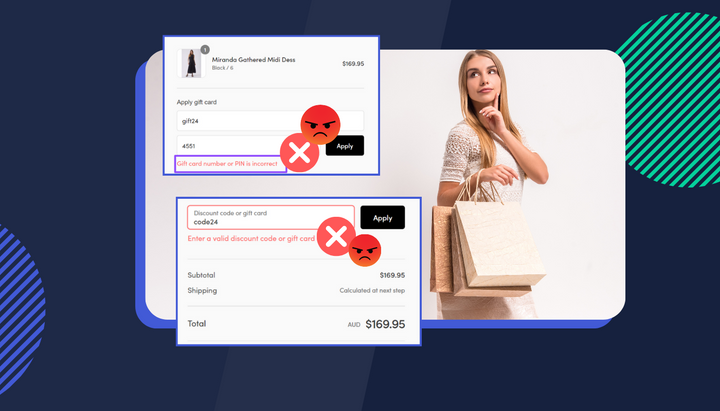Is your website ready for the holidays?

With the impact of the pandemic, an enormous amount of consumer purchases have been driven online. Research by Australia Post shows that in the eight weeks to 21 August 2021, online shopping purchase volume in NSW grew 48.2% year on year, and they also anticipate that this year’s holiday season will be the largest on record.
Consumer expectations of digital experiences have also increased, meaning that it is more important than ever to make sure your website is ready to manage the incoming holiday demand.
To help you through this period, over the coming weeks we are sharing a series on optimising your purchase flows and preparing for the holiday season, including:
- Streamlining your checkout process
- Fixing issues that customers already complain about
- Getting product merchandising and fulfilment ready
- Creating strategic holiday marketing and promotions
- Setting up real-time monitoring for sale days
A few important statistics
- Retail has grown 24% YoY and the upcoming holiday season is expected to be the biggest on record
- Online shopping has grown rapidly each month, with August 2021 increasing +6.5% up to 5.9M households shopping online
- Cart abandonment rates have increased year on year and sit between 70-90% across industries
- The buy-now pay-later industry has a CAGR of +22% changing the way people are purchasing online

The most common issues we see at checkouts
The checkout is the most critical point of the shopper journey, and even more so with the impacts of the pandemic increasing consumer online purchases, but simultaneously reducing consumer patience with poor digital experiences. Ideally, you want to keep your checkout simple and remove as much friction as possible to get your consumers to that purchase.
- Broken Call-to-actions
These occur only a small instance of times but are essentially lost sales that you can immediately save. Identifying when users click on your call to action, but don’t get the success response, should be your highest priority. - Unclear (or a lack of necessary) information
Often customers will abandon, and go searching for other information to support their purchase. By checking which pages they visit and if engagement rates increase (clicks, views, and time spent), you can see clearly which information you need to prioritise in your checkout. - Payment options not working
Offering multiple payment options is an easy way to increase options, and the likelihood of customers converting. So it is critical that you check that each of these works as it should, and conversion rates are just as high, if not higher, than your default purchase method. - Broken vouchers, or users not finding any vouchers to use
Some purchases hinge on if your customers get the emotional response of receiving a discount (irrespective of the amount). If your active vouchers don’t work, these are immediate sales you are losing. - Forcing users to create an account
Offering a guest checkout process is important. Failing to do so, you will immediately lose a lot of conversions. Converting someone to a customer can happen at the time of purchase, and should not be a blocker to someone completing a purchase. - Unexpected shipping costs
86% of customers will abandon their cart if shipping costs are shown too late in the shopping experience. Another common issue is confusing shipping options. Ensuring both of these are clear and explained early is critical.

How you can quickly find and fix these issues
Getting fast and accurate visibility on these key issues (and their impacts) is key. Make sure that the tools you use are giving you visibility on not just what you know of already, but on all of the scenarios that you may have missed as well.
Any tool with form analytics should quickly show you each abandonment point, and which is causing the biggest problem on your checkout. The better tools will also show you what else users do when they abandon and will help you recreate the actual error scenarios (including front-end code that is broken).

